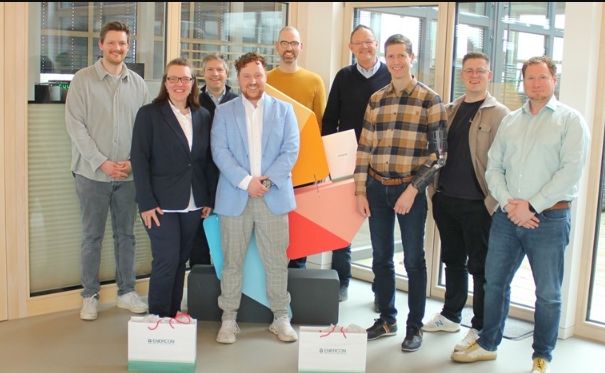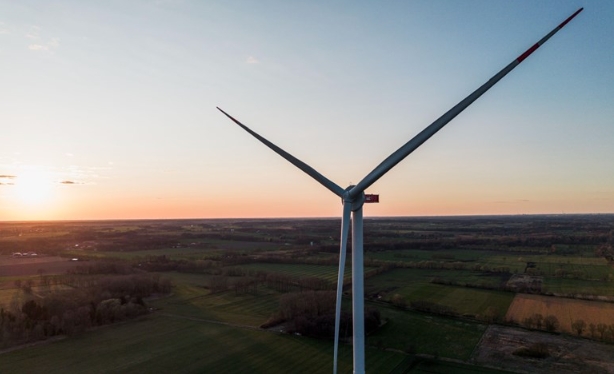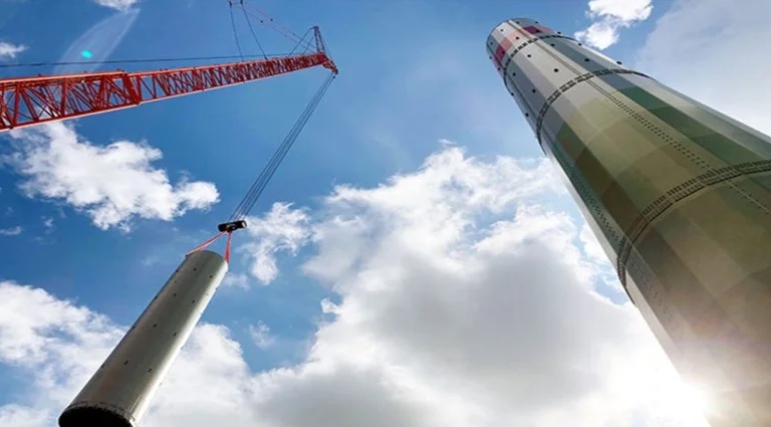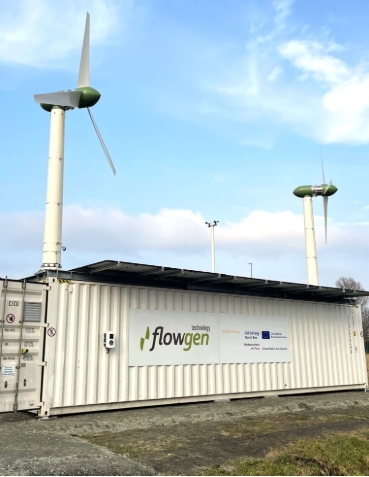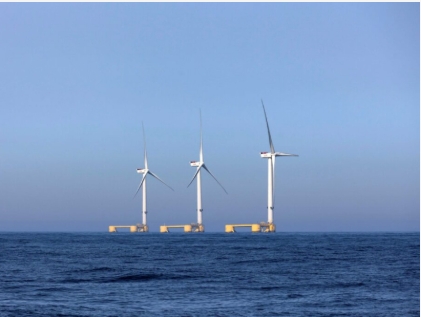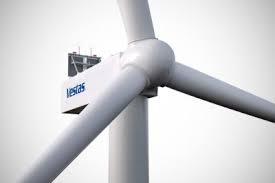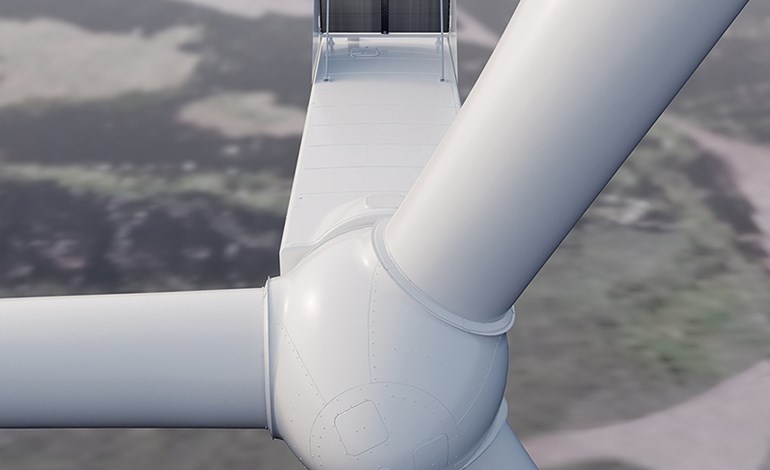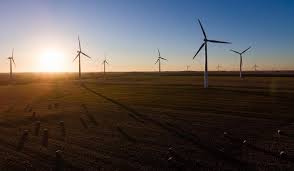Behavioural changes caused by the COVID-19 pandemic will permanently reduce global energy demand over pre-pandemic scenarios for every year to 2050 by between 6-8%, according to a new report from DNV GL.
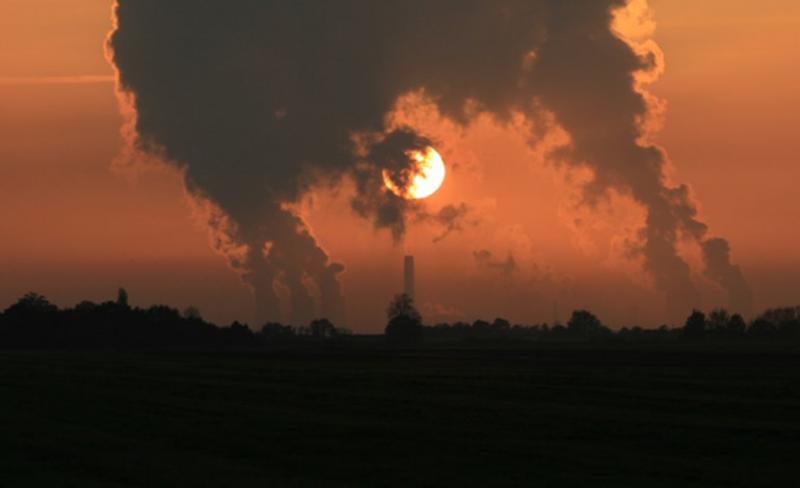
The Energy Transmission Outlook 2020, published today, says reduced long-distance travel and an increase in home working will have a lasting impact on energy use, with oil demand predicted to have peaked in 2019.
DNV GL also expects last year will have marked the global peak for global carbon emissions, as man-made CO2 output looks set to plummet 8% this year because of COVID-19.
While the sharp decrease is welcome, DNV GL found this 8% fall in emissions will need to be replicated annually until the middle of the century to limit anthropogenic global warming to 1.5 degrees celcius over pre-industrial levels.
According to the report the carbon budget for a 1.5 degrees warming scenario will be exceeded in 2028.
The UN's 2015 Paris Agreement on climate change seeks to limit the increase in global temperatures to no more than 2 degrees Celsius by 2100.
“The global climate crisis remains as urgent as before the pandemic,” said Remi Eriksen, Group President and chief executive of DNV GL.
“We can transition [to renewables] faster with the technology at hand, but now more than ever before, we require national and sectorial policy incentives to bring us to the ambitions of Paris.”
At the current speed of travel DNV GL predicts the share of electricity in the final energy mix will double by 2050.
Solar PV as well as onshore and offshore wind are both set for massive growth with each likely to generate 31% of global electricity by mid-decade.
The report forecasts the floating offshore wind industry will have installed 250GW of assets by mid-century, while hydrogen’s role in the energy mix will grow to hit 6% of total energy demand by 2050.
The global cost of energy is expected to fall from 3% of GDP today to 1.6% in 2050 - a factor the report says makes the transition to renewables affordable to governments and consumers alike.
“We can’t empty the airliners twice, so we need all hands on-deck to find practical solutions to the climate crisis now,” Eriksen said.
“The rapid rise of solar PV, wind and battery technologies in recent years gives me hope that humanity has solutions at hand, however the so called hard-to-abate sectors need strong policy incentive to move the needle on decarbonization.”
The report pointed to electric vehicles as an example of how effective policies can change the carbon footprint of a sector of the economy in a small space of time.
DNV GL forecasts that globally, half of all new car sales in 2032 will be electric.
